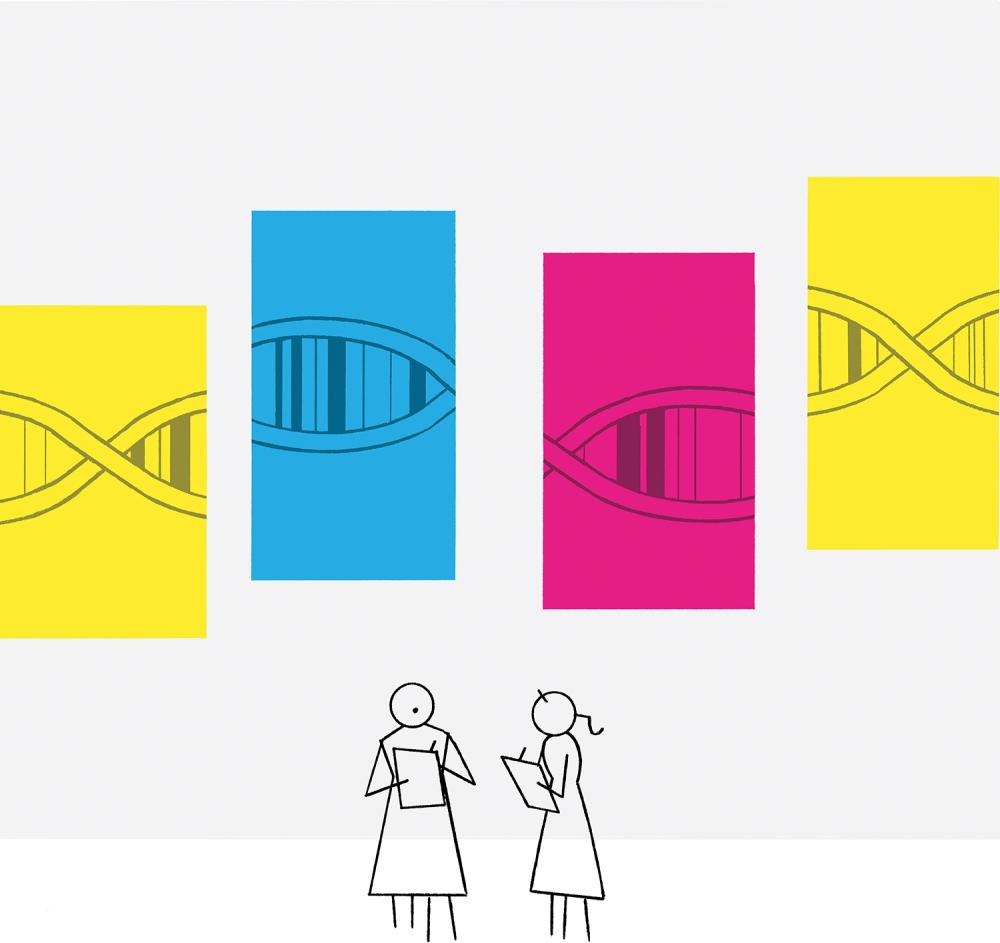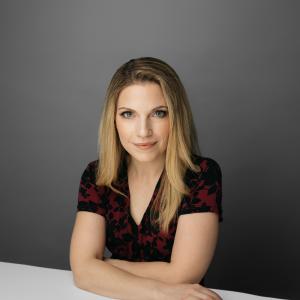Most hospitals work hard to contain infections, but bacteria often work harder to outwit them. One in 15 patients admitted to a hospital in the U.S. will catch a bacterial infection during their stay. More than 800,000 patients a year will pick up methicillin-resistant Staphylococcus aureus, better known as MRSA, a superbug that defies nearly all antibiotics. While medical centers rely on sophisticated DNA sequencing methods to detect the spontaneous mutations that give these nasty pathogens their deadly edge, some mutations are so uncommon that even the best sequencing methods fail to see them. “Nobody has been able to directly monitor these rare mutations in real time,” says Evgeny Nudler, PhD, the Julie Wilson Anderson Professor of Biochemistry in the Department of Biochemistry and Molecular Pharmacology at NYU Langone.
Now, he and colleagues have developed a potentially industry-changing technique, dubbed maximum-depth sequencing, that can detect exceedingly rare DNA variants in cell populations. The method allows researchers to identify and monitor DNA mutations as they occur in the population, even those that are quickly corrected or that condemn the cells to die, says Dr. Nudler, an investigator with the Howard Hughes Medical Institute. The unbiased and highly sensitive technique, which he and his group recently described in the journal Nature and are in the process of patenting, could help researchers pinpoint mutational hotspots and new sources of antibiotic resistance, as well as reveal hidden DNA repair pathways. The high-fidelity sequencing may even help researchers pinpoint cancer-prone cells well before they form tumors.
“Because our method is so sensitive, we are seeing things that people haven’t seen before,” Dr. Nudler says.”
Instead of sequencing the cell’s entire collection of DNA, the new method uses molecular barcodes to tag smaller, more strategic stretches of the DNA, which can then be directly tracked and independently copied. The approach, developed in the Nudler lab by MD/PhD student Justin Jee and postdoctoral fellow Aviram Rasouly, PhD, enriches the number of true mutations while eliminating errors introduced during the sequencing process. “Because our method is so sensitive, we are seeing things that people haven’t seen before,” Dr. Nudler says.
Using maximum-depth sequencing, the researchers have discovered that specific regions of the E. coli genome acquire mutations 10 times as fast as other regions. Moreover, the group found that the mutation rate was far higher for bacterial genes that produce proteins less often, unexpectedly suggesting that protein-manufacturing machinery, including the cell’s ribosomes, may put the brakes on DNA mutations and play an important role in maintaining genomic stability. Uncovering the basis of such error-prone sites and stabilizing mechanisms, in turn, might reveal new ways to disrupt dangerous microbes.
The study also directly supports a hotly debated hypothesis that antibiotic exposure may actually speed up the rate of bacterial mutation. Based on his research, Dr. Nudler believes a class of antibiotics that disrupt the outer cell wall of some bacteria, such as ampicillin, may in fact suppress DNA repair. “If you inhibit this process, then the mutation rate goes up,” he says. In other words, certain antibiotics may be indirectly fueling the mechanism that defeats them.
Maximum-depth sequencing isn’t just limited to bacteria. It could also help researchers identify rare cancer-linked mutations in body fluids. Dr. Nudler’s lab is exploring this avenue with biopsy and blood samples from cancer patients. “The point is to see whether we can accurately and consistently detect mutations not in the tumor but in the bloodstream,” he says. If so, the technique might provide a powerful new tool for early cancer diagnoses and for monitoring anticancer therapies.
To help expand the “high potential” of maximum-depth sequencing, Dr. Nudler says, his lab developed the necessary molecular biology methods as well as computational tools to streamline the analysis. “Now the community can take advantage of both of them,” he says.


